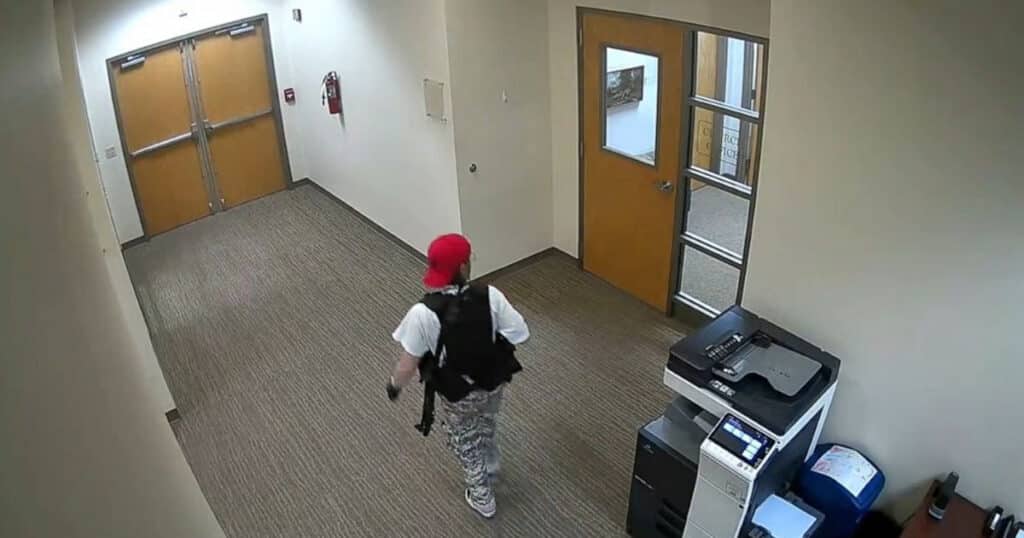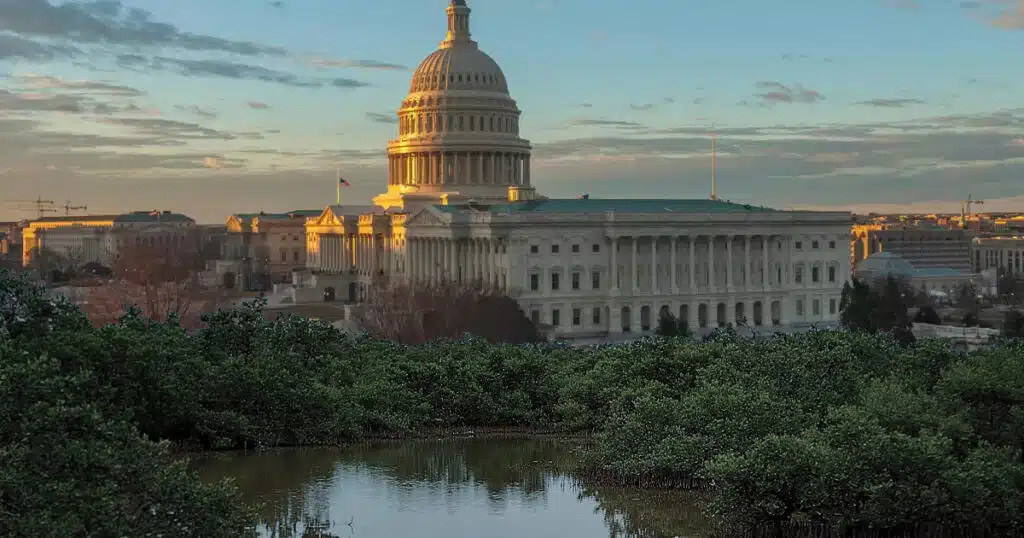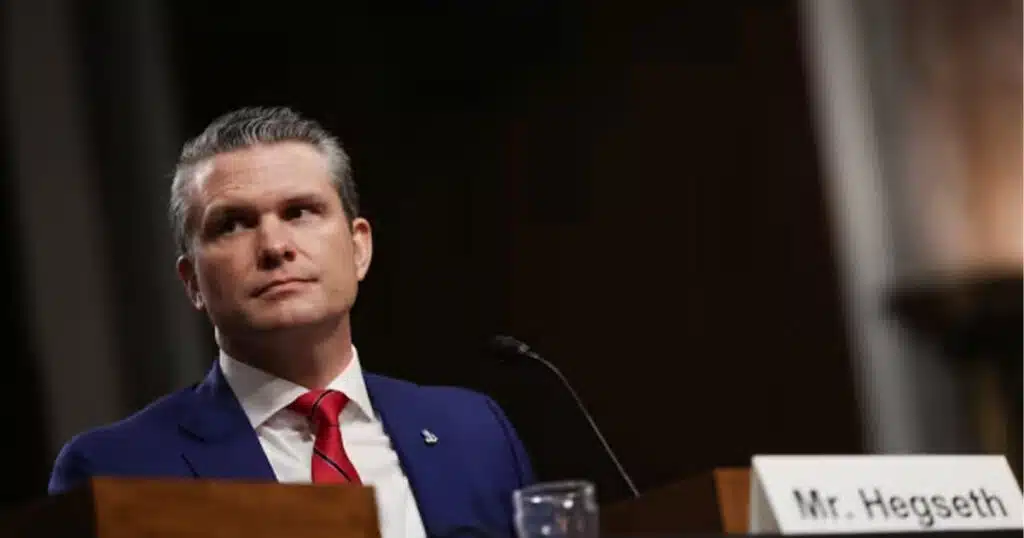
America Needs a New Protocol for Handling Shooter Manifestos
It did not take long for the online profiles of the Allen, Texas, mass shooter to go viral. Misogynistic rants, Nazi tattoos, and expressions of frustration at the shooter’s own ethnicity remain accessible even though the accounts are now wiped.
But not all attackers are as public with their thoughts. The Nashville Covenant School shooter, who fatally shot three children and three adults in March, kept private notebooks full of blueprints and plans for the attack. Now, nearly two months later, those private documents have triggered a legal battle.
The Metropolitan Nashville Police Department, which uncovered the documents at the shooter’s home, is facing multiple lawsuits over its withholding of the so-called manifesto.
In April, after facing heavy backlash, the department first announced its intent to imminently release the texts – that is, until walking back the statement once more in a tweet this month that cited “pending litigation” as the reason for the additional postponement.
Although there are legitimate public safety reasons for withholding a shooter’s private manifesto from the public, extreme polarization in the United States is changing the calculus for law enforcement. The conundrum boils down to balancing a commitment to public safety against the public’s right to know this information.
The Consequences of Releasing Manifestos
Considering public safety, the publication of a shooter’s manifesto could spread justification for violence and offer blueprints to other would-be shooters. In fact, it might be just what an attacker wants.
The Unabomber, for example, promised to stop killing people if newspapers published his manifesto. David Koresh, leader of the Branch Davidian complex in Waco, Texas, negotiated with the FBI to release children and leave the compound in peace if his religious ideology were broadcast over the radio. Both requests were approved.
But the Nashville situation is different. Police found the shooter’s “manifesto” – a loose collection of writings spanning twenty journals, five laptops, and a suicide note – during a search of the attacker’s home after the incident. Despite the broad reach of social media for circulating manifestos, the shooter seems to have chosen not to prepare a public-facing text in advance of the attack.
So considering the manifesto was not only private but also reportedly contains blueprints for the attack and ideological justifications for violence, law enforcement has legitimate grounds to withhold it due to a commitment to public safety.
This line of reasoning may hold up when everything else is equal. But it is not. The Covenant School attack was catapulted into one of the nation’s most contentious political debates when word leaked that the shooter was transgender and previously indicated a preference for he/him pronouns.
In the public eye, the delayed release of the manifesto became just as much about uncovering the political motivations of the Nashville police department as it did about uncovering the shooter’s motivations for violence.
Partisans from both sides of the aisle fashioned narratives to score political points against their opponents, with some claiming that law enforcement chose to hide the manifesto to protect the reputation of the transgender community, and others arguing that calls to release the manifesto were designed to push an anti-trans agenda.
No matter the contents of the text or the reasons for the delay, battling speculative narratives can breed conspiratorial thinking and erode trust in law enforcement.
In fact, the Tennessee Firearms Association and the National Police are suing the Metropolitan Nashville Police Department after being denied access to this information.
Considerations for Handling Private Shooter Manifestos
Political volatility undoubtedly influenced the police department’s decision about whether to release the manifesto. And for good reason: Releasing information against a politically fraught background is no easy task.
But any future response framework that accounts for a manifesto’s political consequences must include efforts to promote transparency and consistency. In the wake of shootings, there is a natural impulse to understand why they happen. By quietly withholding a manifesto, law enforcement may be incentivizing the public to weaponize uncertainty for their own political gain. Transparency and consistency will decrease short-term speculation about the facts of the case and discourage the long-term erosion of trust in law enforcement.
For example, if a manifesto taps into a contentious political issue, law enforcement must be transparent about any reasons to release or withhold the text. If the manifesto contains tactical instructions on committing attacks and direct calls to violence, law enforcement should explain that these tactics make the manifesto unfit for public consumption. Alternatively, law enforcement can consider redacting the tactical sections of the manifesto and releasing the rest.
Transparency will naturally foster consistency. With a defined protocol, law enforcement will be able to justify any discrepancies in handling one manifesto compared to another, hushing or disproving speculation about secret political motivations.
After all, the mandate of law enforcement is to protect public safety. To uphold this mandate, protocols for releasing manifestos must deter politicization. Otherwise, these political consequences will erode trust in law enforcement; shift attention away from prevention efforts; and build up anticipation for the manifesto’s contents, ultimately widening the reach of the shooter’s justifications for violence.
This article was originally published by RealClearPolitics and made available via RealClearWire.



